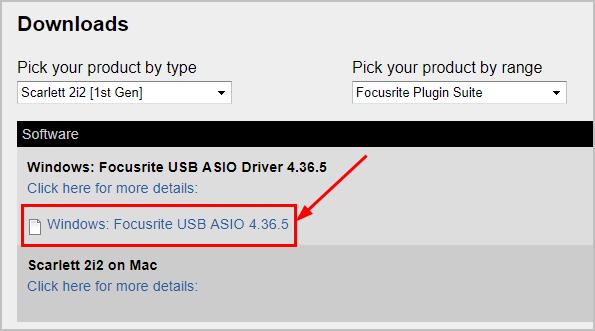

USB 3.0 is over 10 times faster than USB 2.0, supporting higher track counts with less latency. Many USB audio interfaces include “latency-free” monitoring options, which range from analog routing options that let you monitor the live input to more advanced onboard digital mixers that may even include DSP effects/processing. USB Audio Interfaces: While you might encounter an old USB 1.1 audio interface, USB 2.0 is the most common connection type on the market, providing moderate speed and near-universal compatibility with both Mac and Windows PCs.What types of audio interfaces are there? Learn more in our Audio Interface Buying Guide. In more sophisticated setups, high-channel-count audio interfaces completely replace the role of traditional recording consoles. For many artists and engineers, the audio interface is the single most important piece of hardware, providing microphone preamplifiers, direct instrument inputs, digital converters, metering, headphone distribution, and even digital signal processing (DSP) - all in one unit. From humble home studios to massive media production houses, audio interfaces serve the vital function of passing audio from the outside world into your computer and back again. The audio interface is the hub of the modern recording studio. Guitar Workshop Keyboards & Synthesizers Shop By CategoryĬase Finder Drums & Percussion Shop By CategoryĬable Finder Microphones Shop By CategoryĬase Finder DJ Equipment Shop By CategoryĬable Finder Band & Orchestra Shop By Categoryīand & Orchestra Accessories Accessories Shop By CategoryĮxplore our product finders Shop By Category Case Finder Live Sound & Lighting Shop By CategoryĬase Finder Software & Plug-ins Shop By Category


 0 kommentar(er)
0 kommentar(er)
